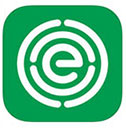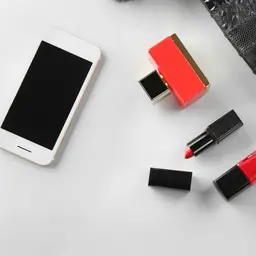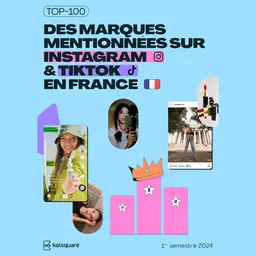
It is not always easy to know what our beauty products contain. Although brands must indicate the ingredients used on the packaging (INCI list), their names are not always meaningful to consumers. Several mobile applications were developed to clarify these labels.
CosmeticOBS has dissected six of these applications. They are presented in alphabetical order.
Clean Beauty
Description
: French mobile application launched by cosmetics laboratory Officinéa. It closely examines the list of ingredients contained in beauty products.
Price
: This mobile application is completely free and can be downloaded on Apple and Android portable devices.
Opinion
: No doubt it is the most motivating application to this day. Clean Beauty makes it very easy to decipher controversial components. Users just need to take a picture of the list of ingredients. If nothing pops up, there is no questionable ingredient. Otherwise, risky substances are displayed on the screen. But, that is not all: Clean Beauty explains why these ingredients are problematic in a simple way, so everyone can understand, and justifies its choice of controversial ingredients with a review of scientific literature. Tiny reservation: only the substances on which there is enough reliable scientific data are pointed out as ‘controversial’… this cautious rigour leaves a few others aside…
A glossary gathering almost 800 substances is also available to consumers, so they can perfect their culture in this field and buy differently.
This application is pleasant to use, fluid, and intuitive.
Cosmethics
Description
: A Finnish app intended to track down questionable cosmetics compositions. To this aim, users just need to scan the bar code.
Price
: It is free for iPhones and Android devices.
Opinion
: Cosmethics is designed to automatically spot several groups of ingredients, including formaldehyde and formaldehyde releasers, phthalates, parabens, or isothiazolinones. It is also possible to personalize the research by adding your own allergenic substances. Cosmethics is claimed to rely on scientific literature to determine the hazardous nature of products… but it does not quote the reference articles.
This application is convenient, but it has its own limits. The idea is to scan the bar codes, but very often, the products are not listed in the database. Of course, users can submit the bar code (that is, the composition) and receive an answer within two days, but that is a bit late when you are just about to purchase beauty products.
Good Guide
Description
: As a participatory platform founded in the United States, Good Guide gives a mark to different types of products (not just cosmetics) according to their composition and environmental impact, and indicates whether the social manufacturing conditions comply with regulations or not. The result is presented as a mark out of ten, with a colour code to quickly spot hazardous elements.
Price
: Available for free on Apple products or to be consulted directly on the website.
Opinion
: The marks are attributed by a health algorithm devised by the platform creators and based on ‘scientific and regulatory sources’ which are not specified. Many products sold in France are not listed in Good Guide, and the explanations are a bit brief.
Skin Deep
Function
: This application by American Non-Governmental Organization EWG (Environmental Working Group) goes through all controversial substances contained in consumer goods with a fine-tooth comb: food, drinks, and of course, cosmetics. All in all, it makes more than 200,000 products, among which users need to find the one on which they are looking for information.
Price
: Again, this free application can be downloaded from the Apple Store or on Android devices. Those of you who do not have a mobile phone can visit the website.
Opinion
: Skin Deep plays on transparency, clearly indicating how products are marked and who are the members providing their expertise, based on their database containing over 150,000 chemicals.
Since it is an American application, the products marked (like for all the other platforms previously mentioned) are not necessarily those the French population purchases the most. Still, the content is quite rich, even if it might prove difficult to understand (content only in English, minimum scientific popularization).
Think Dirty
Function
: Similarly to Cosmethics, Think Dirty is designed for users to scan the bar code of products to highlight their composition.
Price
: Also free on Apple Store and Google Play.
Opinion:
Here is another application in English, which will not be of much help for most French people to really understand the hazards of a component. Think Dirty is not really well-adapted to the French market either, since many of the cosmetics purchased throughout the territory are not listed. In addition, Think Dirty does not mention the sources used to draw a conclusion on the hazardous nature or not of an ingredient.
JS


















